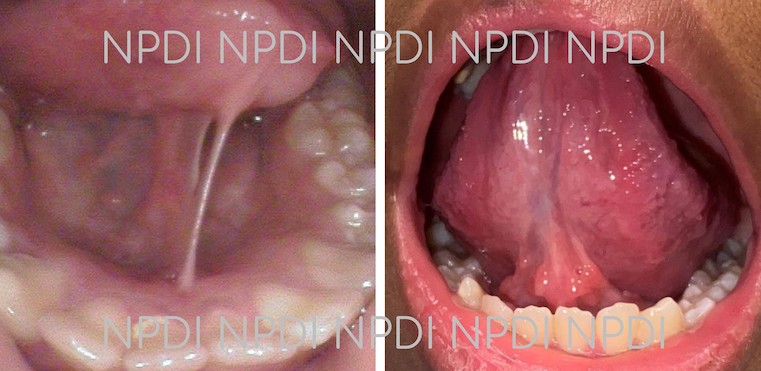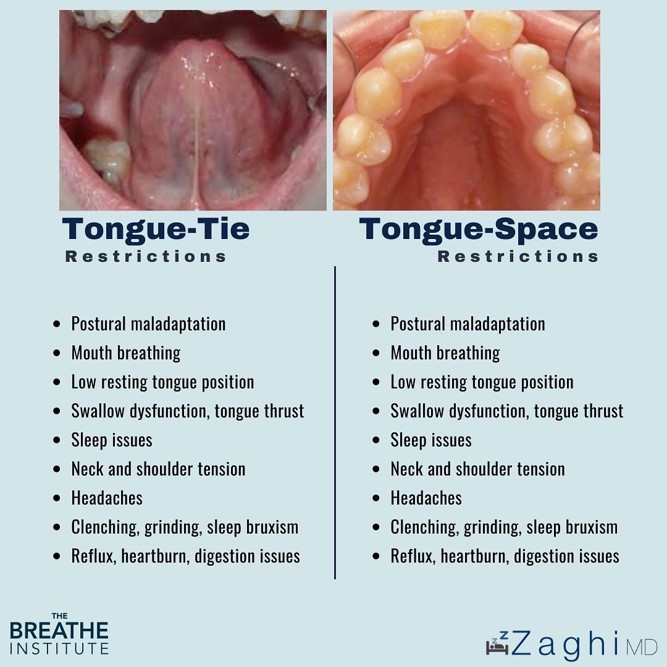Functional Frenuloplasty
Dr. Gil at Newnan Periodontics and Dental Implants is an ambassador of the world-renowned Breathe Institute where she trained to offer a surgical procedure coupled with orofacial myofunctional therapy to enhance tongue mobility and improve breathing, resulting in improved overall health and well-being.

What is Ankyloglossia?
The restrictive lingual frenulum, also known as ankyloglossia or tongue-tie, can limit the mobility of the tongue. The tongue plays many important roles in speech, swallowing, sleep, and breathing and adequate tongue mobility is essential for optimal growth and development of the upper and lower jaws.
Identification
Patients with very severe tongue-tie often present with swallow or speech issues are hopefully identified and addressed early. However, patients with mild to moderate tongue-tie often are undiagnosed for a long time.
Consequence
Most commonly, the posterior part of the tongue cannot elevate, which can block the airway and cause problems with sleep. Often, patients will compensate by sleeping on the side, sleeping with their mouth open, or clenching. Furthermore, compensation patterns such as forward head posture anteriorly rolled shoulders, and other myofascial restrictions may be present to fight the restricted upper airway.
Treatment
Complete release of a lingual frenum along with myofunctional therapy to allow a full range of tongue mobility can have a profound impact on many areas of the person’s life.
Dr. Gil is a Breathe Institute Ambassador and is passionate about early intervention to allow proper orofacial growth and prevent future complications of this restriction.

